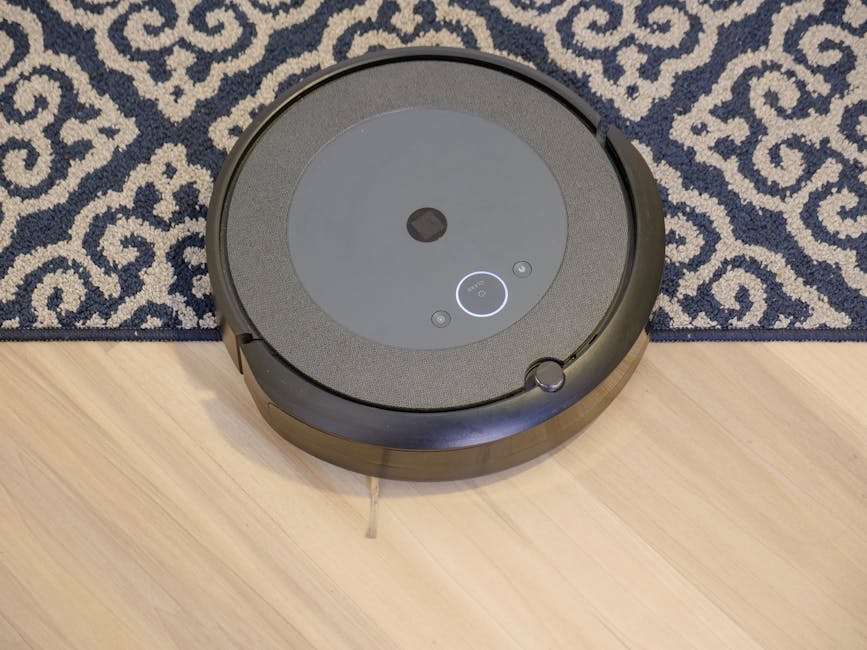As Delhi prepares for Diwali, the city’s air quality is once again under scrutiny. With the Air Quality Index (AQI) nearing the ‘very poor’ category, the Commission for Air Quality Management (CAQM) has activated Stage 2 of the Graded Response Action Plan (GRAP) to address rising pollution levels. This decision comes just days before Diwali, a festival often associated with increased air pollution due to firecrackers and heightened vehicular activity.
What is GRAP 2?
GRAP is an emergency framework designed to combat air pollution in Delhi-NCR, divided into four stages based on air quality severity. Stage 2 is triggered when the AQI is projected to enter the ‘very poor’ category (301-400). Key measures under GRAP 2 include:
– Banning the use of coal and firewood in hotels, restaurants, and open eateries.
– Increasing parking fees to reduce private vehicle usage.
– Enhancing public transport services to minimize personal vehicle dependency.
– Enforcing stricter dust control measures at construction sites.
– Conducting regular mechanized road cleaning to prevent dust resuspension.
Why Has GRAP 2 Been Activated Now?
Delhi’s air quality has been declining over the past week, with the AQI hovering between 200 and 300, categorizing it as ‘poor.’ Contributing factors include stubble burning in neighboring states, vehicular emissions, and unfavorable weather conditions. With Diwali approaching—a festival traditionally marked by firecracker use—the situation is expected to worsen.
The timely implementation of GRAP 2 aims to prevent the AQI from reaching hazardous levels, as seen in previous years. Authorities are focusing on preemptive action to ensure the festive season does not exacerbate Delhi’s persistent air pollution crisis.
Public Response and Enforcement Challenges
While environmentalists and health experts applaud the move, residents have expressed mixed reactions. Many welcome the measures to protect public health, especially given the severe impact of air pollution on respiratory and cardiovascular systems. However, others are concerned about the inconvenience caused by higher parking fees and activity restrictions.
A major challenge lies in enforcing the firecracker ban. Despite regulations, the tradition of bursting crackers during Diwali remains deeply rooted. Authorities are intensifying awareness campaigns and deploying additional personnel to ensure compliance, though the effectiveness of these efforts remains uncertain.
The Need for Long-term Solutions
While GRAP 2 offers temporary relief, experts stress the importance of sustainable, long-term strategies to address Delhi’s air pollution. Recommendations include:
– Accelerating the shift to cleaner energy sources.
– Promoting electric vehicles and improving public transport infrastructure.
– Imposing stricter penalties for stubble burning.
– Expanding green cover and optimizing urban planning to reduce pollution hotspots.
Conclusion
The implementation of GRAP 2 ahead of Diwali highlights the severity of Delhi’s air quality issues. While these measures are a positive step, they underscore the need for collective action from policymakers, industries, and citizens to combat pollution effectively. As Delhiites celebrate the festival of lights, the hope is that the spirit of Diwali will inspire a commitment to cleaner air and a healthier future.
Stay updated on Delhi’s air quality and GRAP 2’s impact this festive season with Hindustan Times.




